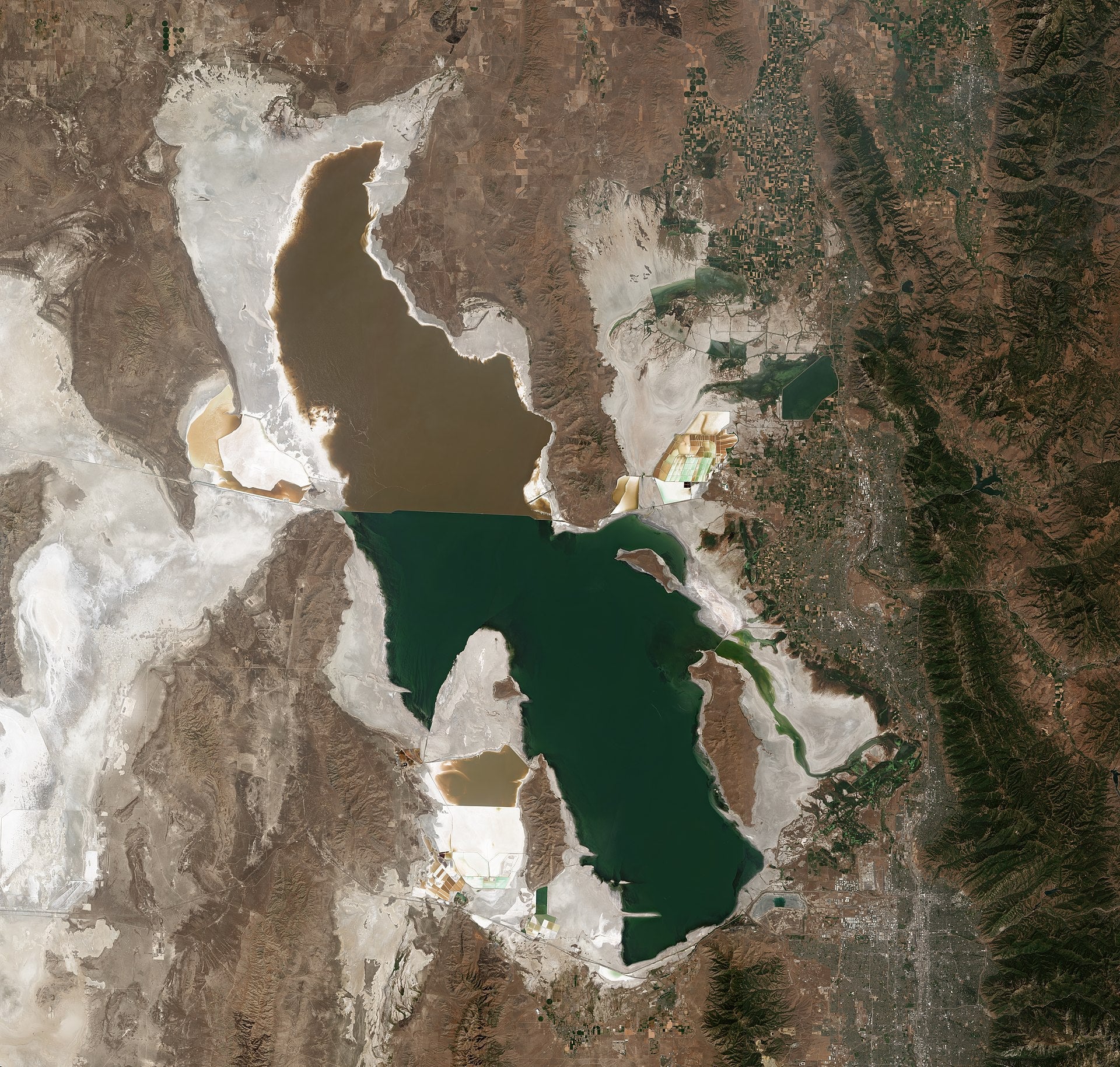The Great Salt Lake, a remarkable natural wonder in Utah, has a fascinating formation history and plays a crucial ecological role. Let's dive into its story in a casual, conversational way.
Formation and History
Imagine a time about 32,000 years ago. That's when the story of the Great Salt Lake begins, but back then, it was known as Lake Bonneville - a massive freshwater lake covering almost a quarter of present-day Utah. Picture a lake so vast, it reached depths of 1,000 feet, compared to the Great Salt Lake’s current average depth of around 33 feet.
Fast forward to around 14,500 years ago, and things got dramatic. A breach in a sandstone wall at Red Rock Pass in Idaho led to an epic flood, the likes of which the planet had never seen. This event caused Lake Bonneville to drop a staggering 350 feet in just a couple of weeks!
But that's not the end. About 500 years later, severe droughts nearly wiped out Lake Bonneville. What remained eventually evolved into today's Great Salt Lake, around 11,000 years ago. This transformation was due to stable weather conditions, evaporation, and the flat landscape with no outlet for the water.
Ecological Importance
Now, let's talk about why the Great Salt Lake is so ecologically significant. It's not just a big pool of salty water; it's a vital ecosystem.
1. Bird Haven: The lake is like an avian oasis. Every year, about 10 million migratory birds from 338 different species stop by to rest, refuel, and breed. It's a critical link in the Pacific Flyway between North and South America. With the decline of other lakes, the Great Salt Lake has become increasingly important for these bird species.
2. Unique Ecosystem: The lake's unique salinity supports a special ecosystem. It's home to brine shrimp and microbialites, which are essential food sources for birds. The microbialites, in particular, are fascinating structures formed by microorganisms, and they play a key role in the lake's food web.
3. Environmental Indicator: The lake's health reflects broader environmental conditions. Changes in its water level and salinity can signal shifts in the regional climate and water cycle. For instance, a drying lake can lead to increased dust, affecting air quality and potentially impacting snowfall patterns.
4. Economic and Recreational Value: Beyond its ecological significance, the lake also has economic and recreational importance. It supports industries like mineral extraction and brine shrimp harvesting, and it's a unique destination for tourists and outdoor enthusiasts.
Current Challenges
The Great Salt Lake faces challenges, particularly from human activities and climate change. Water diversion for agriculture and urban use, combined with prolonged droughts, has led to decreasing water levels and rising salinity, threatening the delicate balance of this unique ecosystem.
In Conclusion
The Great Salt Lake is more than just a landmark; it's a living, breathing ecosystem with a rich history and vital ecological role. It's a testament to the dynamic nature of our planet and a reminder of the intricate connections between land, water, and life.



Share:
How Effective Are Eclipse Glasses?
Eclipse Science: Umbra and Penumbra